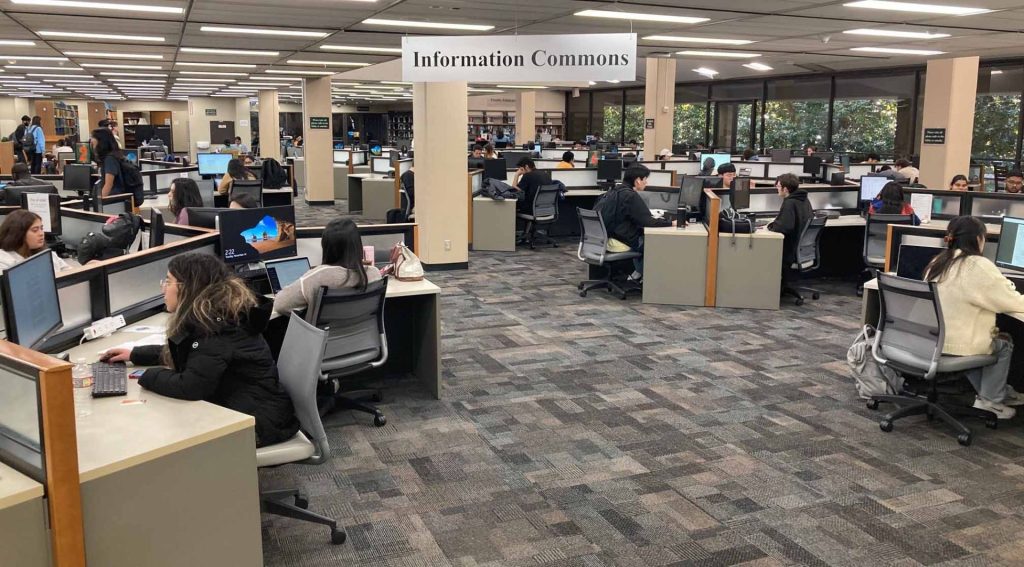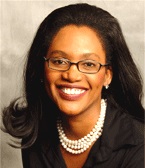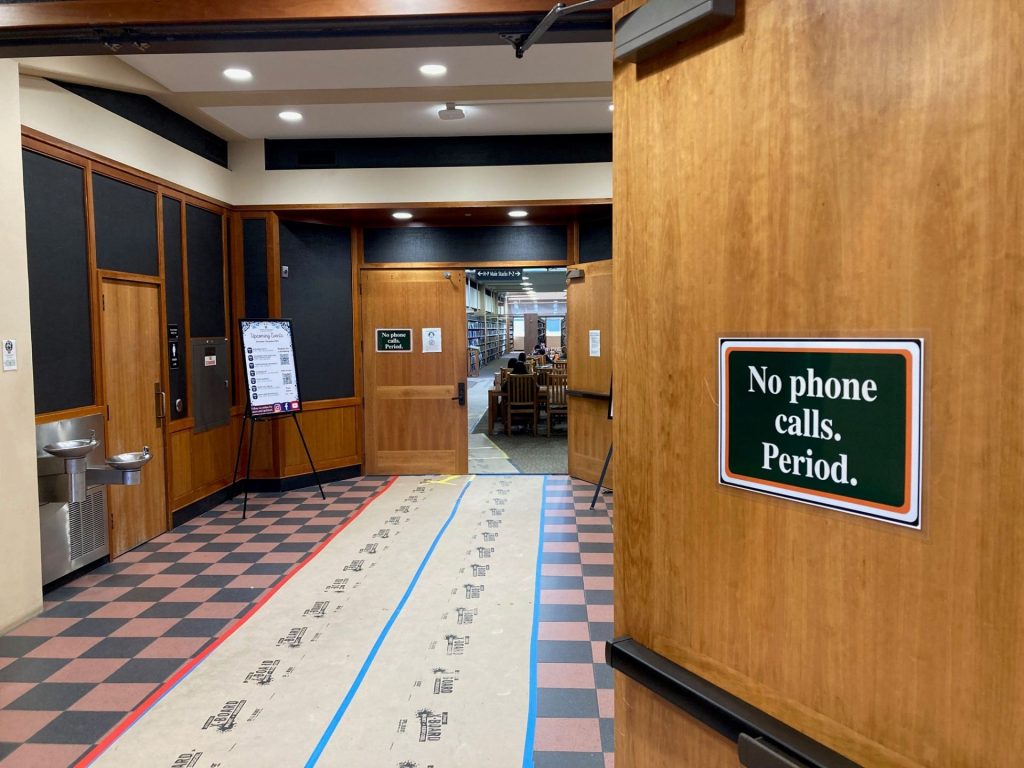
By Rick Vacek | December 1, 2023
Spend some time in the Eugene McDermott Library on just about any weekday during the academic year, and you are struck by the frenzy amid the solitude.
Students are everywhere, filling virtually every seat, table and study room. That’s especially true in the afternoon and evening, when “booking” is busiest at The University of Texas at Dallas. In October alone, more than 250,000 visitors clicked through the turnstiles.

“It is the heart of the campus,” says Lauren Brown, Copy Center manager and library assistant.
And the heart keeps beating at a steady pace, thanks to the employees in the McDermott Library’s 11 departments. Theirs is a never-ending passion – in person and on the unit’s website and new app – to help students efficiently explore the more than 3.6 million items in this educational gold mine.
But there’s so much more to excavate than the books, e-books and other resources that can be checked out. Among their multitude of duties, staff members find materials, help verify information, jumpstart research, explain the indexing system, lead tours and workshops, stay current on the curriculum (each school at UT Dallas has a library liaison) and direct students to other campus resources when the questions meander into “How do I get a Texas driver’s license?” territory.
“We have a great team of people who have been in the students’ shoes and appreciate their journey,” says Chris Edwards, head of Research Services. “We have done remarkably well in gaining access to materials, considering the increasing expense.”
In return, all they ask of students is to seek the library’s assistance before a research question becomes a crisis. December and May, when any university library usually is crammed with students sweating over their finals, are the times to use it for studying; August and January, when the semester is starting, are the times to plan.
Planning is more important, by far.
“I always say the first thing you should do is go to the library because if you come early and you find out what resources we have, if we don’t have them, we most likely will get them for you,” says Megan Del Mar, Access Services manager. “But if you come the day before your final, we’re not going to be able to get the book you need from the University of Pennsylvania.”

The goal isn’t simply to help the student acquire information. The librarians want to locate accurate information – increasingly, that’s their biggest challenge.

“It’s become more intense, especially in academia,” says Loreen Henry, head of Information Services and senior librarian. “We need to know more. We need to keep up – really keep up. Especially in information literacy.”
The problem is that just about anyone who carries a laptop, tablet or cellphone knows how to do a Google search. But do they know how to do it properly?
“Google is an amazing tool. But if you’re not actually taught how to do research, then Google isn’t going to work,” Del Mar says. “You can’t discern. That’s a large part of it – teaching them how to discern sources. What is a credible source and what’s not?”
Brown saw the root cause firsthand when she taught sixth grade: “My students had no concept of information literacy. It’s not something that’s really stressed in schools.”
Edwards labels his feelings about the subject “my impassioned speech on a soapbox.” The floor is his:
“We are in an information-overload time period. We are constantly plugging in information. The librarian’s job is to frame it in a way that becomes functional. On the surface, our students are very competent at finding information … they think. But, historically, they overestimate how well they can find information.
“I would love for the library to not be the desperation choice: ‘I’ve tried the internet, I can’t find anything, nothing exists. I guess I’ll check with the library.’ I’m not anti-internet. I can make you a better searcher on the internet as well, and I’m happy to do that.”
Edwards and his teammates also are happy to help internet users from all over the world. Thanks to the efforts of senior librarian Matt Makowka, library.utdallas.edu has an excellent H-index score – in other words, it often comes in at the top of Google searches.
In addition, the website’s chat room is staffed by a librarian for 56 hours a week, with a “Need some help?” prompt that comes up seconds after a user lands there.
“It really runs the gamut,” Edwards says. “‘I have to read this book; where do I get it?’ Or questions related to a particular assignment. The chat is fully transcripted, and I read all of them. It’s usually stuff that’s pretty normal, but every once in a while I’ll notice something weird or notice a trend and follow up.”

Another way librarians stay plugged in is through their liaisons with the seven schools at UT Dallas. Each librarian is assigned a school and attends lectures, poster sessions, webinars and the like every semester to gather information and advise students on how the McDermott Library can help.
“We totally support all of the curriculum,” Henry says. “It’s a lot to know. And it all changes every year, or it stays the same but more is added on top of that. We have to keep it current.
“In the first month of the semester, I go to the classrooms and say, ‘These are the resources you’re going to need. I’ve done this for almost 20 years, I know your assignment, so please come see me.’”

Says Del Mar, “Nothing breaks our heart more than hearing, ‘I’m a senior. I didn’t know that I could borrow books for free from other libraries. I didn’t realize that you have online resources.’ I think a lot of them sometimes are intimidated by the academic libraries. That’s why we try to keep it as informal as possible.’
This year, students have access to what should be, for them, an extremely comfortable tool: the new Library Mobile App, downloadable in the App Store or Google Play. Among its many features is an up-to-the-minute look at how much seating is available on any of the library’s four floors.
Put all this technology together, and it adds up to one simple fact:
“The whole role of libraries has changed,” Del Mar says. “They have become a social space. They’ve also become a meeting place. They’ve become a place to provide technology that people may not have access to.”
Says Library Dean Dr. Ellen Safley, “The McDermott Library is not a traditional library organization. We are focused on taking critical improvements in technology to create a superior learning environment for our students, faculty and researchers. Access to the needed information is essential for our operations.”
But its new role can’t detract from the nostalgic sense of community that the library staff has sought to create. To work in “the heart of the campus,” you have to show a lot of heart. The employees’ frenzy is to make students feel right at home.
“Because we see a lot of these students regularly, we know them by name,” Brown says. “We know their stories. We’ve talked to them. We do our best to treat them as a human. We’re human, too, and we want to know you as a human and connect with you.
“We’ve got your back.”